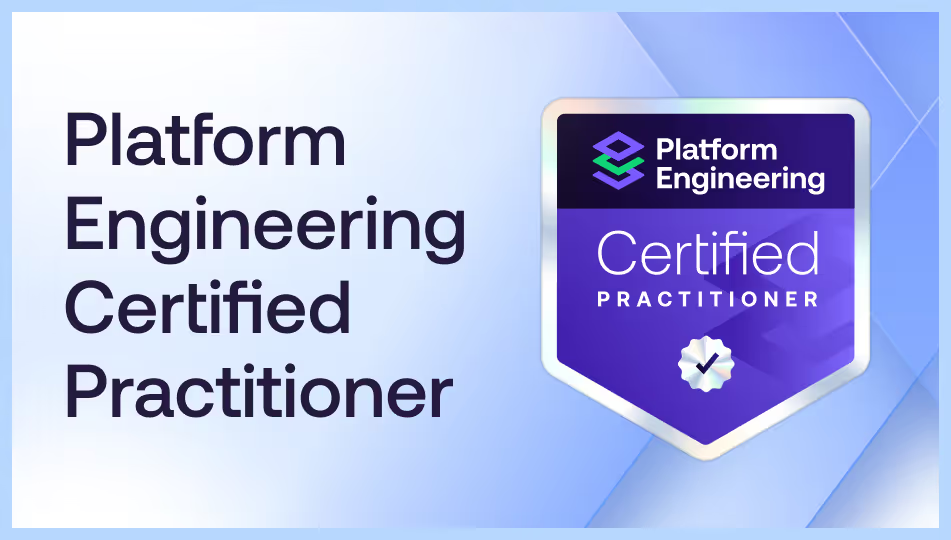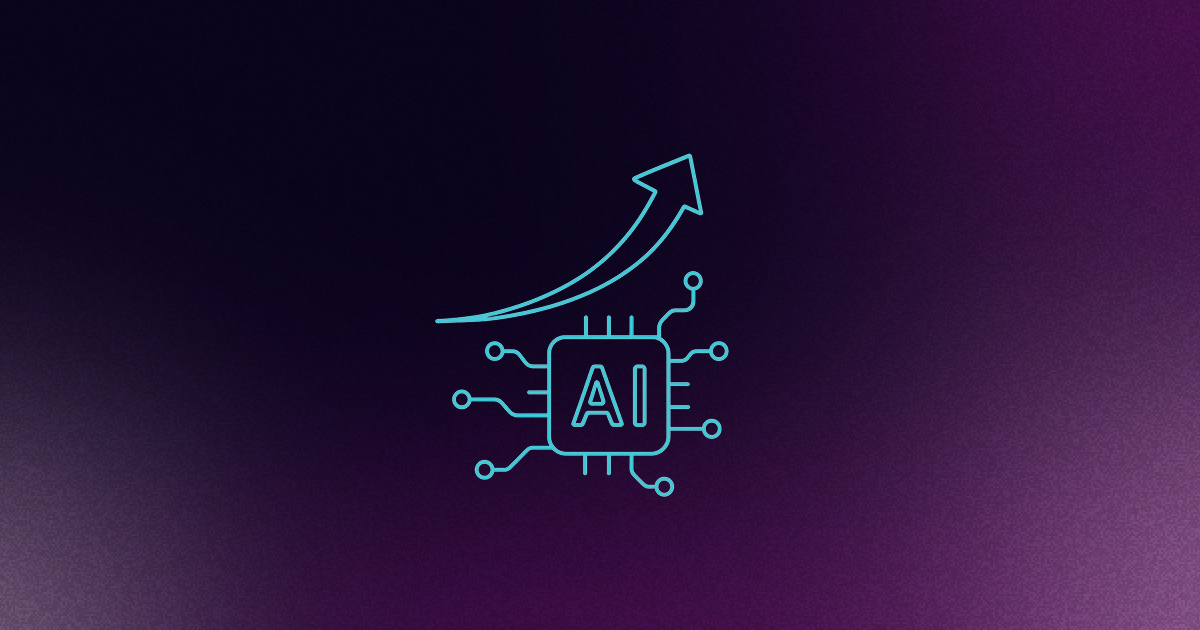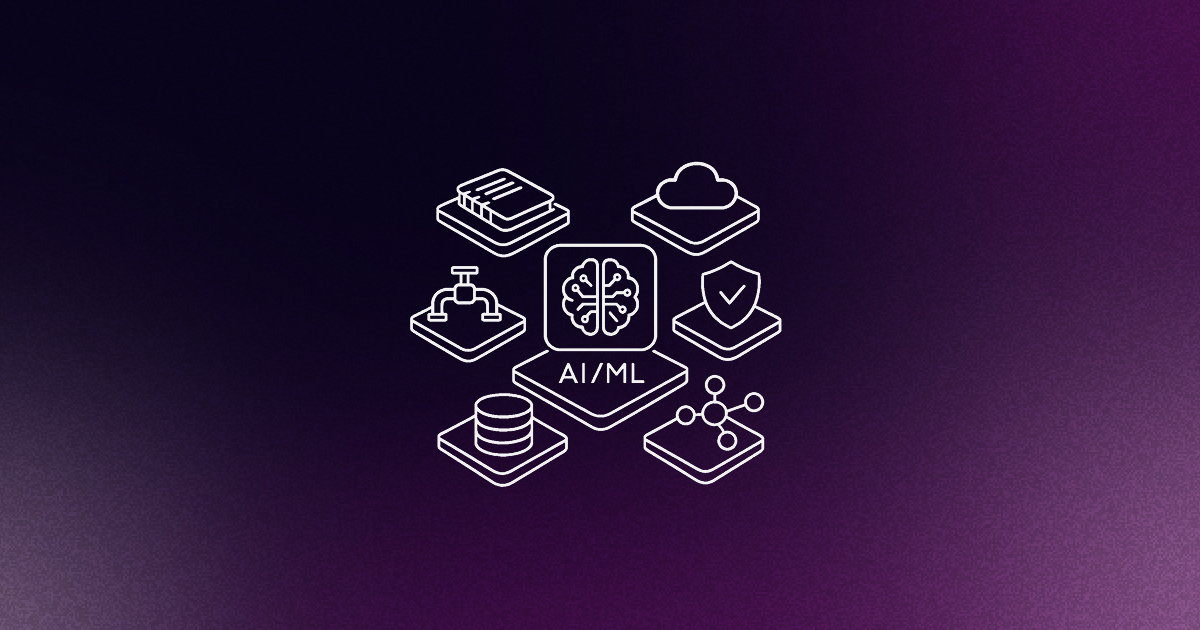Kubernetes has reached critical mass in production environments. With over 60% enterprise adoption and organizations now running an average of 20+ clusters, the question isn't whether to use Kubernetes, it's how to operate it at scale without drowning your platform team in toil.
Here's the thing: most platform engineers are still managing clusters like they're managing pets. Manual provisioning, ad-hoc configuration changes, and firefighting upgrades that break because someone misconfigured a PodDisruptionBudget three months ago. This approach worked when you had three clusters. It fails catastrophically when you have thirty.
The data tells a clear story. While Kubernetes adoption has reached critical mass, the operational model hasn't kept pace. 88% of organizations report increased TCO year-over-year, and 77% report that complexity and security concerns have inhibited their adoption of Kubernetes. You're not alone if you're spending 60-80% of your time on maintenance instead of building platform capabilities that actually move the needle.
This guide provides a strategic framework for transforming your Kubernetes operations from a reactive burden into an automated foundation. We'll cover the complete lifecycle—from Day 0 provisioning through Day 2 operations, and show you how to build a platform that scales with your organization, not against it.
Why manual cluster management fails at enterprise scale
The shift from single clusters to fleet operations creates exponential complexity that manual processes simply cannot handle.
Think of it as moving from managing a single city to governing a nation of cities. Each cluster has its own networking configuration, security policies, upgrade schedules, and application dependencies. Multiply that by 20, 50, or 100 clusters, and you've created an operational nightmare.
The numbers bear this out. Despite 80% of organizations adopting platform engineering practices, 51% still run "snowflake" clusters—each one slightly different, each one requiring bespoke operational procedures. This fragmentation creates three critical failure modes:
- Configuration drift turns clusters into time bombs. Without declarative management, clusters diverge from their intended state through manual changes, emergency patches, and undocumented workarounds. You can't reliably upgrade, replicate, or recover clusters when you don't know their actual configuration.
- Security vulnerabilities persist across your fleet. When patching requires manual intervention across dozens of clusters, response times stretch from hours to weeks. Fifteen percent of organizations still need weeks or months to patch their fleets, a security exposure that's simply unacceptable in production environments.
- Your platform team becomes the bottleneck. Manual operations don't scale linearly with cluster count. The cognitive load of tracking configurations, dependencies, and state across multiple clusters overwhelms even experienced teams. You end up firefighting instead of building platform capabilities.
The strategic imperative is clear: lifecycle management isn't just about housekeeping, it's the foundation that determines whether your platform enables or constrains your organization's growth.
Understanding the complete Kubernetes cluster lifecycle
Effective lifecycle management requires treating clusters as declarative, replaceable infrastructure. The lifecycle spans multiple distinct stages: planning, provisioning, configuration, operation, optimization, and retirement. Each stage requires specific automation, governance, and operational practices. Most importantly, you need clear ownership boundaries between your platform team and development teams at each stage.
The industry typically organizes these stages into three operational phases:
Day 0: Provisioning and bootstrapping
This is where you define cluster templates and automate initial deployment. Your goal is to provision clusters from declarative definitions that capture networking, security, and core platform services. Think Infrastructure-as-Code that works consistently across cloud providers, on-premises environments, and edge locations.
Day 1: Configuration and integration
Post-deployment configuration happens here, installing developer tooling, integrating with your service mesh, connecting to CI/CD pipelines, and setting up GitOps workflows. This phase transforms a bare cluster into a platform-ready environment that developers can actually use.
Day 2: Ongoing operations
This is where most platform teams get stuck. Day 2 covers everything that happens after initial deployment: upgrades, patches, capacity planning, configuration drift detection, and incident response. Without automation, Day 2 operations consume your entire team.
The key insight: clusters should be replaceable, not patchable. When you need to upgrade or fix a cluster, you should be able to recreate it from templates with confidence, not spend days manually applying changes and hoping nothing breaks.
This shift from "pets" to "cattle" isn't just philosophical; it's the foundation that makes fleet management possible. You can't manually maintain 50 unique clusters. It just isn't possible. However, you can maintain 50 instances of three standardized templates.
From managed infrastructure to platform-as-a-product
Most teams claiming to do platform engineering are actually just running managed infrastructure with GitOps on top.
Here's how to tell the difference: if your platform team is still firefighting cluster upgrades caused by application-level misconfigurations, you haven't solved the lifecycle problem. You've just automated the bottleneck.
The managed infrastructure anti-pattern looks like this: you provision Kubernetes clusters using Terraform, deploy common tools with Helm, and give developers GitOps access to deploy their applications. You're responsible for cluster operations, upgrades, and fixing anything that breaks. This works fine for 20-30 developers. It collapses under the weight of 100+.
The responsibility boundary problem
Consider a real scenario: your platform team provides a Terraform template that deploys managed Kubernetes. A developer team deploys its services but misconfigures a PodDisruptionBudget. You release Template v2 for a security patch. The developer uses it to upgrade their cluster. The upgrade fails because of the faulty PDB.
Who's responsible? The gray area between platform and application ownership creates constant friction. Your team ends up owning outcomes you can't control.
Platform-as-a-product flips this model. Instead of providing raw infrastructure, you provide a complete internal developer platform with clear contracts:
- Your platform team owns: The IDP itself, integrated platform services (monitoring, logging, secrets management), cluster lifecycle automation, and the self-service experience
- Development teams own: Services they provision through the platform, application configurations, and fixing what they misconfigure
This is an operational model that lets you scale. When developers own their application stack through well-defined platform APIs, your team can focus on improving the platform itself rather than debugging individual deployments.
The philosophy is thus "guardrails, not gates." You embed governance into the platform through Policy-as-Code, enabling developers to move fast within well-defined boundaries. They can't deploy privileged containers or skip TLS, as the platform prevents it automatically. But within those guardrails, they have full autonomy.
Multi-cluster fleet management: Control without centralization
The architectural challenge, however, is balancing that newfound consistency with resilience. You need standardized operations across your fleet, but you can't make every cluster dependent on a central control plane that becomes your biggest operational risk.
Unified control plane architecture
Modern fleet management uses a hub-and-spoke model where a management cluster provides fleet-level visibility and policy distribution, but individual clusters remain independently operational. If your management cluster goes down, workload clusters keep running. They just can't receive new policies or report status until connectivity is back.
This architecture enables three critical capabilities:
- Fleet-level visibility: See which clusters are running which Kubernetes versions, which have pending security patches, and which are approaching capacity limits, all from a single pane of glass
- Policy distribution: Define policies once and distribute them across your fleet automatically, ensuring consistent security and governance without manual configuration
- Blast radius containment: Isolate failures to individual clusters or cluster groups, preventing cascading failures across your entire infrastructure
Policy-as-Code for consistent governance
Governance at scale requires treating policies as versioned, testable code. You define admission policies, network policies, and security policies in Git, and your platform automatically enforces them across the fleet through admission controllers.
This creates the "guardrails, not gates" model in practice. Developers can deploy what they need, but the platform automatically blocks configurations that violate security policies with no manual review required.
Security domains that matter
Effective risk management depends on consistently securing four infrastructure domains:
- Identity and access control: Centralize authentication with your identity provider, enforce RBAC by team and environment, and ensure least-privilege access across the fleet
- Secrets management: Automate secret rotation, integrate with external secret stores, and ensure sensitive data never appears in plaintext ConfigMaps or Git repositories
- Vulnerability management: Continuously scan for CVEs, verify image provenance, and check configuration compliance against frameworks like CIS Benchmarks then automate remediation across the fleet
- Disaster recovery: Implement multi-region DR strategies with automated cluster state backups, regularly tested failover procedures, and validated recovery processes
The key insight: Automation is the key driver of security at scale. Manual vulnerability patching across 50 clusters takes weeks. Automated reconciliation from declarative templates takes hours.
Automation strategies: From reactive to declarative
The only sustainable foundation for Day 2 operations is a fully declarative, automated model.
GitOps provides the operational framework. You define the desired state in Git, I.e cluster configurations, application deployments, policies, and then reconciliation controllers continuously drive the actual state toward the desired state. When configuration drifts, the system automatically corrects it.
Continuous reconciliation loops
This is fundamentally different from traditional CI/CD. Instead of pushing changes when you run a pipeline, reconciliation controllers constantly compare the actual state against the desired state and make corrections. Does someone manually change a cluster configuration? The controller reverts it within minutes.
This approach provides three operational benefits:
- Self-healing infrastructure: Clusters automatically recover from configuration drift, failed components, and manual changes
- Audit trail by default: Every change is a Git commit with author, timestamp, and review history
- Rollback as a Git revert: When something breaks, you revert the commit—the system handles the rest
Progressive implementation roadmap
You don't need to automate everything on day one. Start with high-impact, low-complexity automation and expand progressively:
- Automate cluster provisioning: Move from manual cluster creation to declarative templates that work consistently across environments
- Implement GitOps for platform services: Deploy monitoring, logging, and core services through GitOps workflows before tackling application deployments
- Add policy enforcement: Implement admission controllers for critical security policies, then expand to operational policies
- Enable developer self-service: Build self-service portals on top of your automated foundation, giving developers controlled access to platform capabilities
Maturity assessment framework
Assess your current state across five dimensions:
- Provisioning: Manual → Scripted → Templated → Fully declarative
- Configuration: Ad-hoc → Documented → Version-controlled → GitOps-managed
- Governance: Manual review → Automated checks → Policy-as-Code → Continuous enforcement
- Operations: Reactive → Scheduled → Event-driven → Self-healing
- Observability: Per-cluster → Aggregated → Fleet-level → Predictive
Most organizations start at "Scripted" provisioning and "Documented" configuration. The goal is to reach "Fully declarative" and "GitOps-managed" for operational sustainability.
Common pitfalls and how to measure success
Even with automation, three failure patterns consistently derail lifecycle management initiatives.
Snowflake cluster proliferation
The most common failure mode: you build automation, but teams keep creating one-off clusters for "special requirements." Before long, you're back to managing dozens of unique configurations.
The fix is an architectural discipline. Define three to five cluster templates that cover most use cases—production, development, edge, and compliance-isolated. Make the templates flexible enough to handle variation through configuration, not through creating new templates.
Over-engineering the initial implementation
Platform teams often try to build the perfect system before rolling out anything. You spend six months building comprehensive automation, then discover your assumptions about developer workflows were wrong.
Start with one cluster template and one environment. Prove the automation works, gather feedback, then expand. Iteration beats perfection.
Measuring the wrong metrics
Tracking cluster count or automation coverage misses the point. What matters is developer velocity and platform team capacity.
Focus on these success indicators:
- Time to provision a new environment: Should drop from days to hours
- Mean time to patch critical vulnerabilities: Should drop from weeks to hours
- Platform team time spent on toil vs. platform improvement: Should shift from 80/20 to 20/80
- Developer self-service adoption rate: Should increase as the platform becomes easier to use than manual requests
The ROI story is straightforward: lifecycle automation reduces operational cost while increasing developer velocity. When your platform team spends 80% of their time improving the platform instead of firefighting, you're winning.
Future-proofing your lifecycle strategy
Platform teams are facing increasing complexity as organizations prepare to run significantly more AI/ML workloads on Kubernetes, bringing demands such as GPU scheduling, high-bandwidth networking, and massive data handling that differ from traditional microservices. Lifecycle management must support this heterogeneity, since clusters for AI training have distinct resource profiles and operational needs compared to standard application clusters.
At the same time, edge computing multiplies cluster counts from dozens to hundreds across retail, manufacturing, and IoT environments, requiring deep automation like declarative templates, automated provisioning, and self-healing to operate reliably with intermittent connectivity. Regulatory pressures further add complexity, with data sovereignty driving region-specific clusters and strict compliance controls that must be enforced automatically. The result is a shift toward heterogeneous fleet management with consistent, normalized lifecycle operations across clouds, data centers, and edge locations.
Getting started today
The path forward starts with assessment. Evaluate your current lifecycle gaps, identify the highest-impact automation opportunities, and build a progressive implementation plan.
For comprehensive guidance on implementing these practices, explore the Kubernetes cluster lifecycle management in platform engineering course or download the corresponding whitepaper.
Organizations that master cluster lifecycle management gain a sustainable competitive advantage. While competitors struggle with operational toil, your platform team focuses on building capabilities that accelerate developer velocity and enable new business opportunities.
The question isn't whether to invest in lifecycle automation, it's whether you can afford not to. If you are curious to learn more about comprehensive lifecycle management solutions, take a look at Spectro Cloud which helped create this course, and whitepaper.











